Some of the most popular optical illusions are illustrations that offer multiple interpretations. Two viewers can look at the same image and see totally different things.
Unlike "hidden pictures," the two distinct images nestled in each of the illustrations below are equally obvious. You don't have to tilt your head, you don't have to cross your eyes, you just have to remember that sometimes, there are often multiple ways of seeing the exact same thing.
Perhaps the most basic example of an ambiguous image is the Necker Cube.

The cube can be seen in two different ways: facing down and to the left or up and to the right.


Regardless of which orientation you saw first, if you study the two figures with the dotted lines, and visualize each orientation in three dimensions, you should be able to look back at the original Necker cube and get the image to "pop" into either visual interpretation.
This geometric pattern dates back to ancient times and can be found in several architectural sites across Greece and Italy, including the temple at Delos.
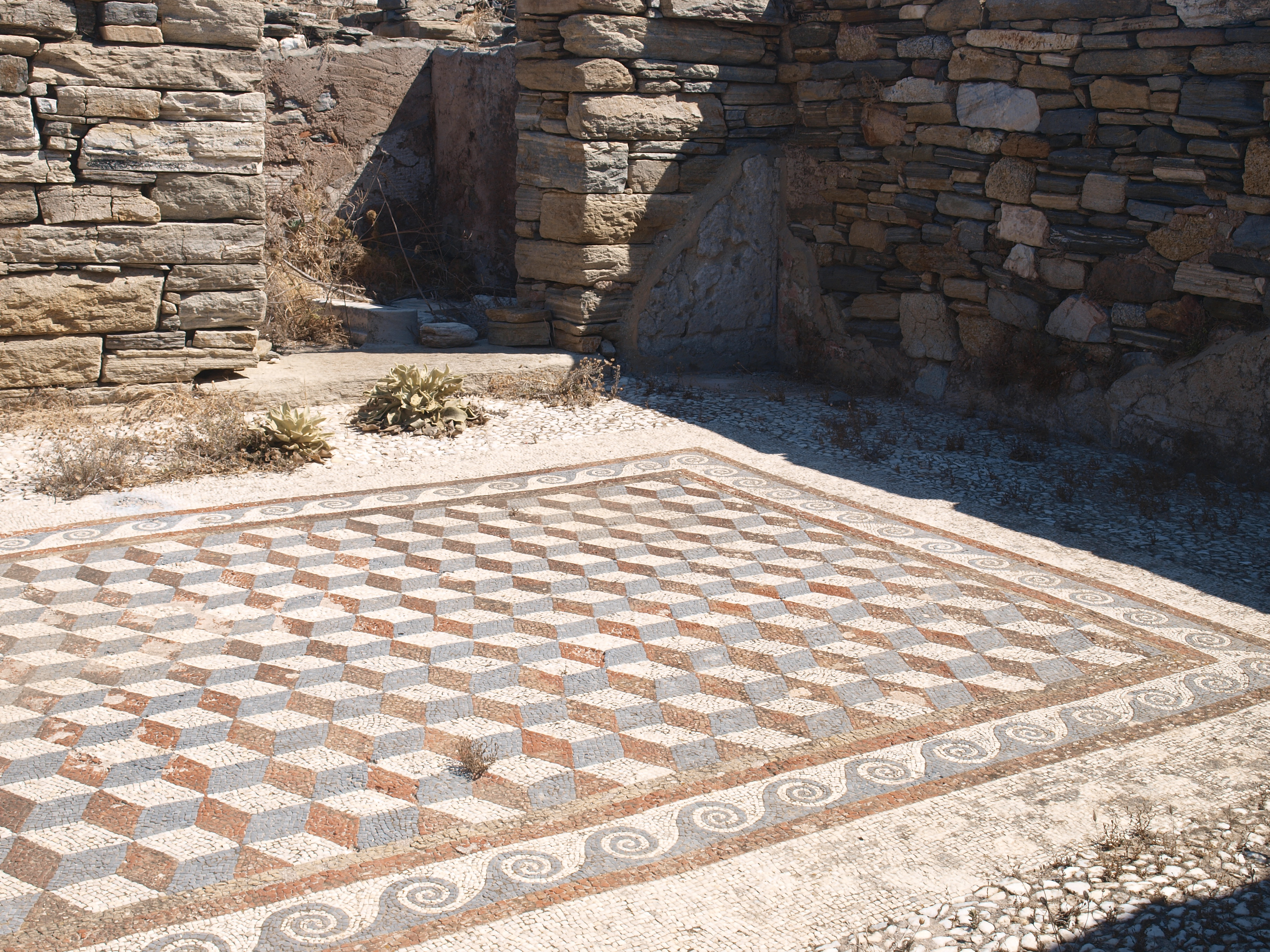
In 1915, Danish psychologist Edgar Rubin created a more figurative ambiguous image. This now iconic illusion is known as "Rubin's Vase," though the image could also be accurately described as "Rubin's faces."
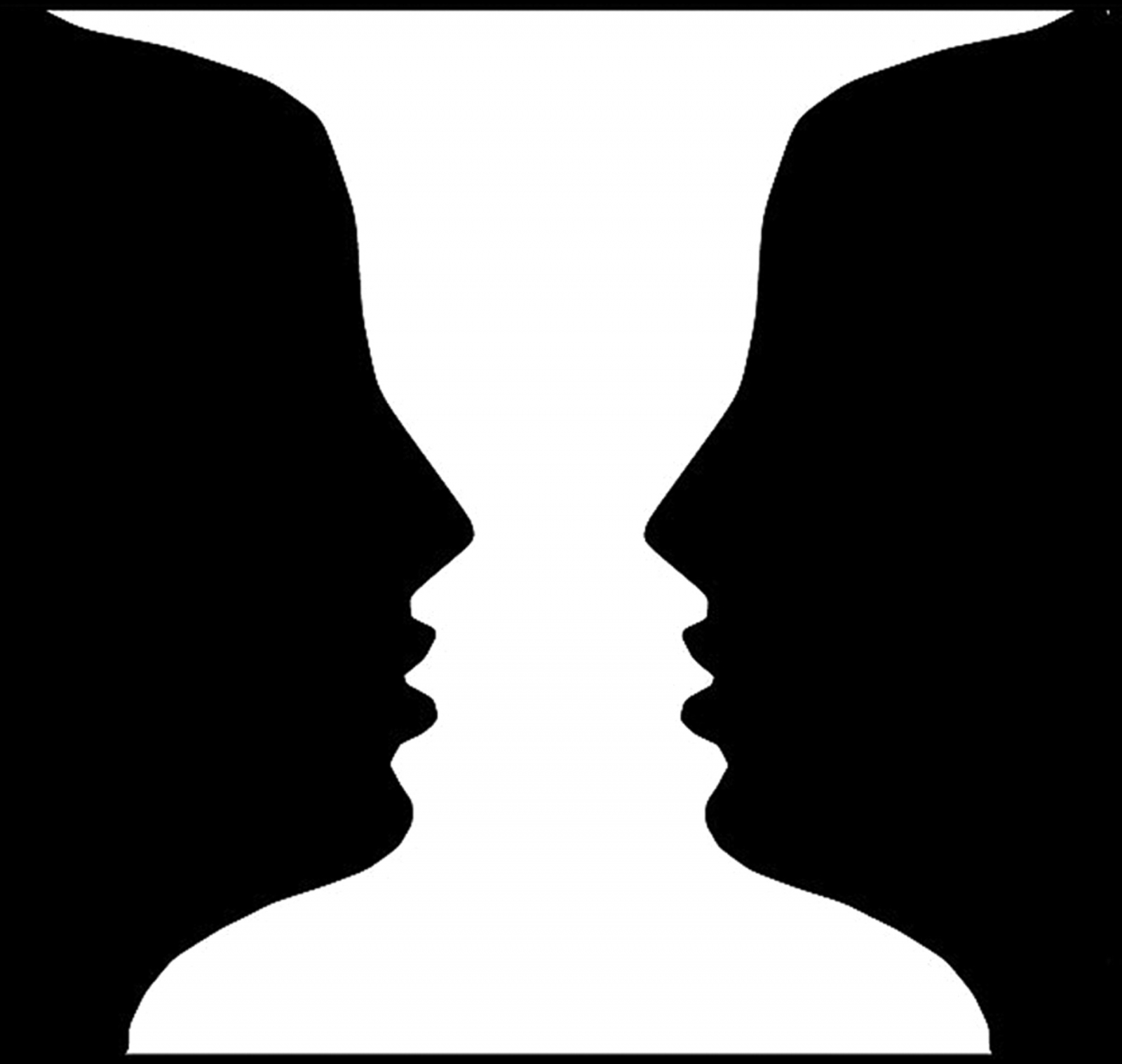
Rubin's Vase utilizes the ambiguity of flat color and two-dimensional negative space but it is also possible to create ambiguous figures with illustrative lines and shading.

Originally published in 1892, this German cartoon asks, "Which animals are most like each other?" The answer of course is "Rabbit and duck." The duck/rabbit is one of the most popular examples of this type of illusion.
Another widely known classic dates back to at least 1888. This elegant and humorous version was drawn by William Ely Hill in 1915. It's titled "My Wife and Mother-in-Law."

Here are a couple of lesser known illusions that depict two different animals in one picture. If you know who originally created them, please comment below!

Which did you see first: a frog or a horse? There is no correct answer, of course. Perhaps if you live near a pond, you saw a frog first and if you live near a farm, you immediately recognized the horse. The next image may not be immediately obvious as any animal but there are, in fact, two depicted simultaneously.

Can you see the donkey? What about the seal? What's interesting is that once you are aware there are two different ways of seeing the same thing, you are able to appreciate both perspectives equally.
Sometimes, its actually quite difficult to change your mind even if you know there is an alternative interpretation. This spinning dancer was created by Nobuyuki Kayahara. It is a simple but dramatic example of the subjectivity of perception.

Some people see the dancer spinning clockwise. Others see her spinning counterclockwise. In reality, the image is not spinning in either direction. It is simply a two dimensional representation of motion. However, our brains perceive the rotation very strongly and once you see the dancer spinning in one direction, it can be very difficult to change your mind. Take a moment and try to reverse the direction of the motion you first observed. Try concentrating on one part of the dancer's body. If you need help, take a peek at the animations below and then refer back to the original illusion to see if you can change the direction of the animation back and forth.
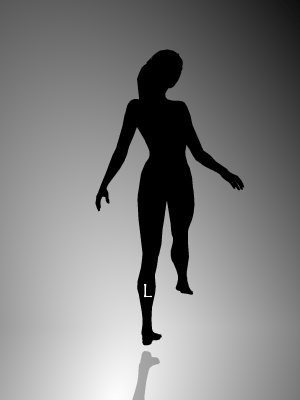
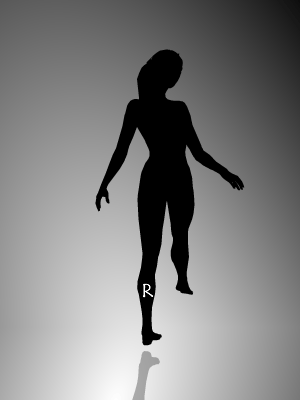
All three animations are nearly identical. It's fascinating how the subtle addition of a single letter can completely reverse the interpretation of the information. That is the magic of ambiguous images. They remind us that perception is innately subjective. An important lesson to keep in mind the next time you are confronted with an opinion that differs from your own.







8 comments
Leave a comment
This site is protected by hCaptcha and the hCaptcha Privacy Policy and Terms of Service apply.